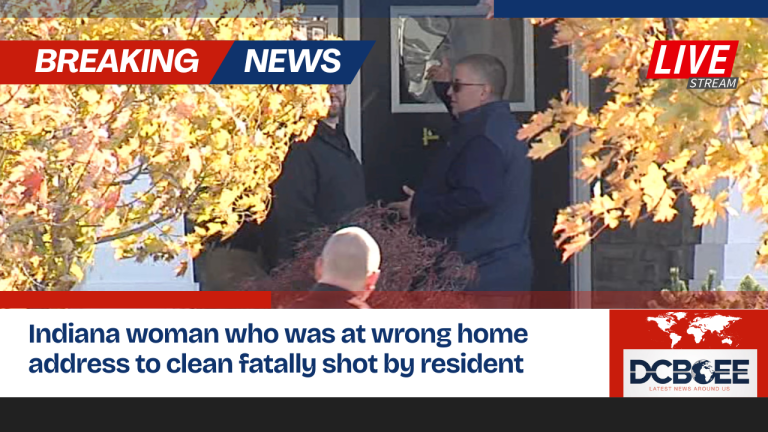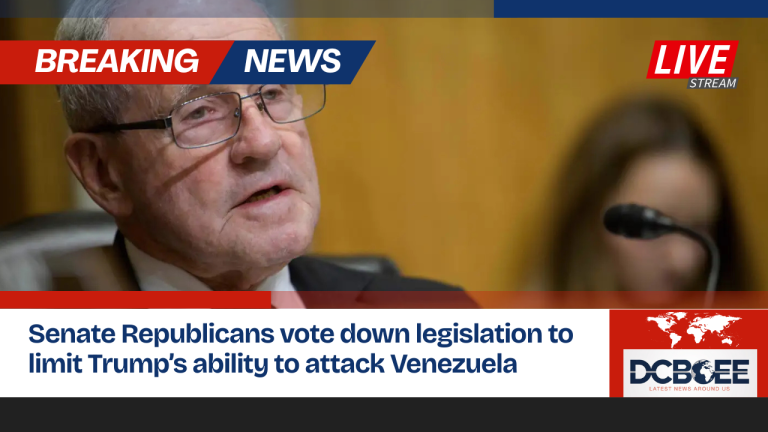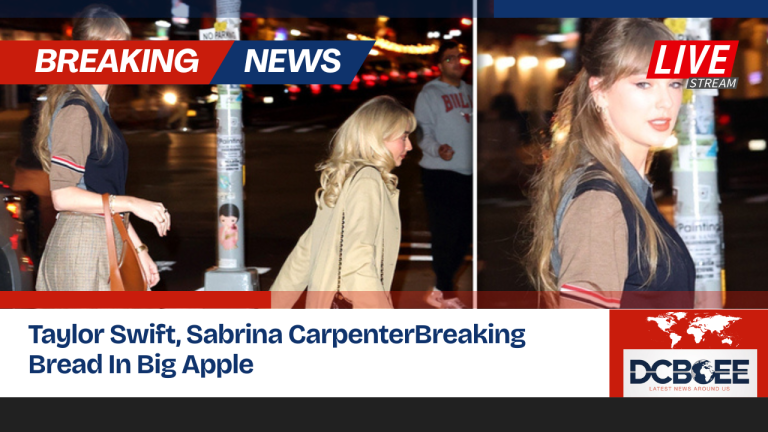
Some Americans prepare for halt in SNAP benefits: 'I’m going to have hungry kids'
When the government shuts down on November 1, almost 42 million Americans would lose their Supplemental Nutrition Assistance Program (SNAP) payments.
The U.S. Department of Agriculture (USDA) stated it would not use emergency funding to help pay for benefits and put a warning on its website over the weekend saying “the well has run dry.”
SNAP, which stands for Supplemental Nutrition Assistance Program, is a government safety net program that helps those with low incomes, big families, and high costs of living. There are about 260,000 establishments that can accept SNAP benefits and get paid back for doing so. These stores include supermarket chains, cheap grocery stores, and farmers’ markets.
The USDA and Republicans in Congress have said that the freeze is because Senate Democrats won’t agree to a continuing resolution to finance the government. Democrats, on the other hand, have stuck to their guns and said that negotiations over subsidies for the Affordable Care Act must happen before the government can open again. Some groups that help those who are hungry or don’t have enough food reported that funding for SNAP has already been curtailed because President Donald Trump’s megabill cut the program by $186 billion. The groups worry that millions could go hungry if there is no emergency financing set aside for Nov. 1.
“We’re going to see the worst hunger crisis since the Great Depression if 42 million Americans and more than 260,000 stores don’t get $8 billion worth of grocery help in a week. That’s not an exaggeration.” “That’s just true,” Joel Berg, the head of the non-profit Hunger Free America, told ABC News.
People in the United States who get SNAP assistance told ABC News that they are scared they won’t be able to feed themselves or their families properly and may have to pick between paying for groceries and paying for other bills.
“I don’t want to ask for help.”
Martina Santos, 67, from the Bronx, New York, said she gets about $290 a month in SNAP benefits.
Santos, a board member and volunteer at West Side Campaign Against Hunger, which assists New Yorkers get emergency food, told ABC News that if she loses her benefits, she may have to go to a food pantry to make up for what the government won’t provide.
She said that she might have to wait to pay some bills because she needs to use the money she has for food or other basic costs.
Santos remarked, “I’m going to wait to pay my internet bill and my electricity bill.” “I have four children.” I don’t want to ask my relatives for aid. They have a family of their own. They have to pay their own costs. I don’t want to be like, “I need help, I need help.” “I need help.” She said she’s worried that not being able to get SNAP benefits to buy healthy foods could make her conditions worse, and in the worst case, she might even skip meals.
Santos remarked, “I try to eat healthy to lower my blood sugar levels or my high blood pressure.” “There’s going to be an effect on me, and I’m also scared about my health.”
Berg, who works with Hunger Free America, said that food pantries, food banks, and soup kitchens will try their best to fill in the gaps left by the federal safety net freezing.
But local food organizations might not be able to address the dietary needs of Americans who were utilizing SNAP assistance to buy food.
“They can’t always offer Kosher cuisine. They can’t always serve halal meals. They often can’t supply food for diabetics,” he stated. “They often have to give out a lot of ultra-processed goods. So, it’s not as good for you as we would like. I think people think the charitable food system is far bigger than it is in terms of the overall solution. “Charity can’t fix the problem.”
Santos added that eating healthy foods is a significant part of keeping her diabetes and high blood pressure under control. “I’m going to have kids who are hungry.”
Jenna, a 37-year-old mother of four from northeastern Oklahoma, who asked that her last name not be used for privacy reasons, told ABC News she has been receiving SNAP benefits since 2017.
Jenna said she works full-time running a tree farm that sells wholesale to retail nurseries, but she sometimes has to skip work because two of her kids have special needs.
“They have some mental disabilities, and I miss a lot of work for therapies and appointments that cuts down my monthly income,” she added. “Not anyone’s fault, but… I can’t get off of SNAP like some parents can.”
“I’m on Facebook. I see all the posts right now claiming, ‘It shouldn’t matter that SNAP’s going away, since all these people could simply go get jobs,'” Jenna continued. “I don’t get involved, but I work full-time and can’t make ends meet because of my kids’ needs.”
Jenna claimed she receives between $600 and $620 a month in SNAP assistance. She said that sometimes it lasts the whole month and other times it only lasts two to three weeks because food prices change all the time and her kids won’t eat certain things.
When she first heard that SNAP benefits would stop in November, she started filling her freezer with cheap but healthy dishes like lasagna, sausage, peppers, and potatoes, and red beans and rice. Jenna added that she and her husband have been talking about friends and family that live in the country and have bread, eggs, meat, and other things they may trade for food.
Jenna said she underwent surgery recently and wasn’t meant to go back to work until the end of November. However, she will be working from home for a few hours to make extra money for the month, but it may not be enough to buy snacks for her kids.
“I was definitely planning on the SNAP benefits helping until November,” she said. “So certainly was already on like, ‘Okay, we gotta keep things on the inexpensive side. I try to keep a lot of nutritious snacks around the house. I don’t buy sweets like cookies, candy, or cakes. I purchase fresh fruits and string cheese and beef sticks and things that they can munch on that are also filling and keep them healthier.”
“So it’s definitely going to change the mood and pace of the house because I’m going to have hungry kids who are used to getting their berries, cheese, yogurt, and healthy snacks. I won’t have enough for them to snack on and eat breakfast, lunch, and dinner,” Jenna said.
What groups are doing to help fill the hole
Robert Lewis, Jr., president and CEO of the Boys & Girls Club of Boston (BGCB), a juvenile services organization, told ABC News that his group delivers close to 300,000 meals and snacks every year, and will continue to do so in the absence of SNAP benefits.
He stated that in December, the group will have another event when they pack 4,000 bags of food to give to families. Lewis noted that this number will probably need to be raised.
He also said that the group is talking about whether its nine locations may become distribution hubs to give more meals to kids and their families. They are also thinking about working with other non-profits that may have food but not enough resources to distribute it on a large scale.
Lewis said he feels really bad for the families that might not get benefits in November. This is especially true because he grew up in a family that relied on federal assistance like SNAP to get food. “I talked to a group of parents on Friday night, and what really hit me was how scared they are,” he told ABC News. “They said they had a lot of other things to worry about, but the main thing they are worried about is, ‘Are we going to be able to feed our kids? “Will we be able to take care of our kids?”
Greg Silverman, the CEO and executive director of the West Side Campaign Against Hunger in New York City, said that the group plans to provide each consumer a lot more food than it does now.
Silverman added that the group would feed 110,000 people starting on November 1 and is working to make sure that it gives out healthy cuisine.
“It’s not about junk food and pounds. “Healthy whole grains, whole fresh fruits and vegetables, and foods that are culturally sensitive and good for people are what it’s all about. That’s not how our anti-hunger food banking system usually works,” Silverman told ABC News. “That’s all well and good, but we’ll never be able to fill the gap that SNAP does.” We can’t; we’re not even close to SNAP.
Source:https://abcnews.go.com/Health/americans-prepare-halt-snap-benefits-im-hungry-kids/story?id=126908769
See Also: Newsom Gives Trump’s Vanity Ballroom Brutal New Nickname






![My biggest AirPods Pro 3 problem has improved, how about you? [Poll]](https://dcboee.us/wp-content/uploads/2025/11/President-Faces-Impeachment-Nation-Braces-for-Political-Turmoil-67-768x432.png)
